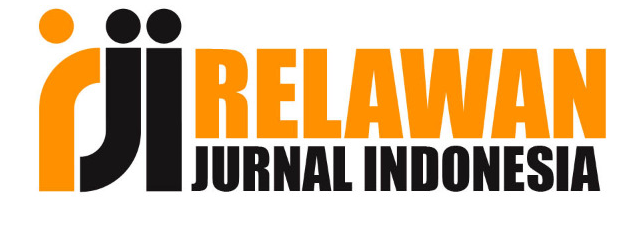Role of Social Science Learning in Overcoming Lazy Students to Learn
Abstract
A process whose results can be shown directly or indirectly is called education. Students as students are one of the inputs that determine the success of the educational process. Without students, it means that there will be no teaching process. That's because students or students who need teaching and not teachers, teachers only try to meet the needs that exist in students. At school, social studies is a subject that combines basic concepts from various social sciences that are compiled through educational and psychological approaches as well as their feasibility and meaning for students and their lives. Social Studies is formulated on the basis of social realities and phenomena that embody an interdisciplinary approach from aspects and branches of social sciences (sociology, history, geography, economics, politics, law, and culture). For elementary schools, social studies is a blend of history, geography, economics, sociology and anthropology subjects. Parenting patterns play a role when students are at home, while teachers only monitor and provide guidance during the learning process. Often found students who are bored in the teaching and learning process that is carried out in the classroom. His characteristics include daydreaming, unfocused, and often playing games to annoy his friends. It should be the teacher's job when meeting students who feel bored so that they can change the student's perspective so that they are enthusiastic about learning and the importance of education for their own future. In addition to teachers, students or students must also be aware of education which will be very important for their future. The role of parents of students or students is also needed in the continuity of education in the school and home environment.
Keywords
References
Hasanah, U. (2018). Strategi pembelajaran aktif untuk anak usia dini. Insania, 23(2), 204–222.
Intan, K. R. (2017). Meningkatkan Hasil Belajar IPS Dengan Media Interaktif Berbasis Power Point Pada Siswa Kelas IV SDN Pakis Jajar 1.
Kristin, F. (2016). EFEKTIVITAS MODEL PEMBELAJARAN KOOPERATIF TIPE STAD DITINJAU DARI HASIL BELAJAR IPS SISWA KELAS 4 SD. Scholaria, 6, 74–79.
Matitaputty, J. K. (2016). MODEL PEMBELAJARAN ISU-ISU KONTROVERSIAL DALAM PEMBELAJARAN SEJARAH. 3(2), 184–192. https://doi.org/10.15408/sd.v3i2.4365.Permalink/DOI
Maulidia, R. (2009). PROBLEM MALAS BELAJAR PADA REMAJA (sebuah Analisis Psikologis). At-Ta’dib, 4(2), 129–144.
Mei Mita Bella, L. W. R. (2018). PERILAKU MALAS BELAJAR MAHASISWA DI LINGKUNGAN KAMPUS UNIVERSITAS TRUNOJOYO MADURA. Kompetensi, 12, 280–303.
Rindiana, T., Arifin, M. H., & Wahyuningsih, Y. (2022). MODEL PEMBELAJARAN RADEC UNTUK MENINGKATKAN HIGHER ORDER THINGKING SKILL DALAM PEMBELAJARAN IPS DI SEKOLAH DASAR. Jurnal Pengembangan Pendidikan Dasar, 6(1), 89–100.
Setya, A. (2009). Faktor-faktor yang Mempengaruhi Kesulitan Belajar Mata Pelajaran Teknologi Informasi dan Komunikasi Siswa Kelas VII Semester I SMP Islam Hidayatullah Semarang.
Warif, M. (2019). Strategi Guru Kelas dalam Menghadapi Peserta Didik yang Malas Belajar. TARBAWI, 4(1).
DOI: 10.28944/maharot.v6i2.628
Refbacks
- There are currently no refbacks.

This work is licensed under a Creative Commons Attribution-NonCommercial-ShareAlike 4.0 International License.






